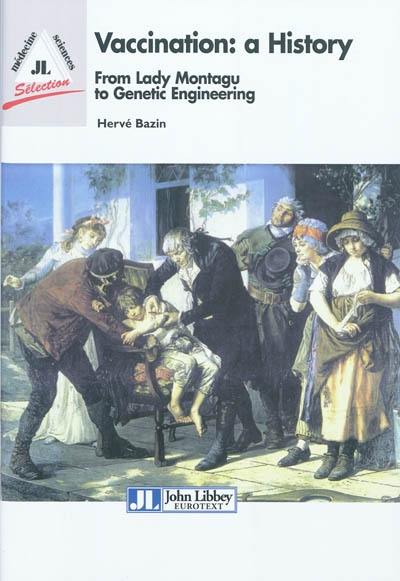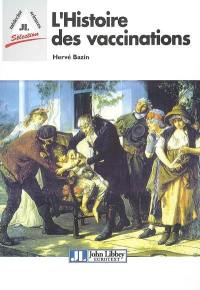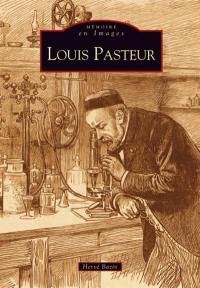
Fiche technique
Format : Relié sous jaquette
Nb de pages : 548 pages
Poids : 1260 g
Dimensions : 18cm X 26cm
ISBN : 978-2-7420-0775-2
EAN : 9782742007752
Vaccination
a history
from Lady Montagu to genetic engineering
Quatrième de couverture
Vaccination : a History
From Lady Montagu to Genetic Engineering
The history of vaccination is an important aspect of the history of mankind. Along with the development of hygiene, vaccinations have no doubt constituted the most outstanding advance in medicine. And yet, this subject that revolutionized both human and animal medicine has given rise to little, or at best incomplete, investigation. This oversight has now been remedied : the present volume is a fascinating work that reads like a novel but offers a wealth of information never before assembled in one book. This book is sure to interest a wide readership, including experts in the field.
Vaccination : a History is composed of four major sections :
- The first deals mainly with smallpox (variolation and Jennerian vaccination) and with little-known variolation attempts in human medicine (syphilisation...) and veterinary medicine (bovine plague...). The rote played by Lady Montagu, the instigator of this surprising novelty, is explored in detail. Stands in favour or against these practices are described, to illustrate how attitudes regarding them evolved.
- The second section concerning Pasteur differs greatly from the usual portrayal of the master's work, a portrayal that close examination of Pasteur's notebooks reveals to be somewhat (if not highly) imprecise. Many references from Pasteur's notebooks are given, tc highlight successive discoveries based on experimental results and the evolution of Pasteur's ideas.
- The third section describes vaccine development after Pasteur, identifying the major stages of advancement in this field (serotherapy, anatoxins/toxoids, BCG, etc.).
- The modern era constitutes the fourth section and presents the advances made possible by molecular biology, as well as advances due simply to culture techniques, inoculation, etc. The last chapter, entirely dedicated to yellow fever, is very detailed in order to illustrate the interdependence between vaccine research and the ethical problems associated with vaccine use.
Finally, the glossary presents the meaning and evolution of numerous terms such as immunity and vaccine, and the theories that gave rise to them, particularly before, during and after the Pasteurian era. Brief biographies of the most outstanding characters complete the picture. An extensive bibliography and an index follow.
This book places the evolution of human (and veterinary) vaccinology in context. Ethical problems related to vaccine use are discussed, revealing surprising similarities to present-day issues.







